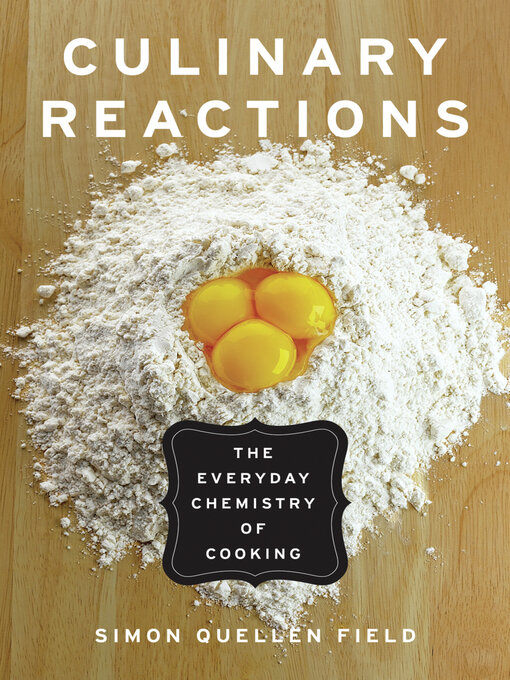- English
- Español
- Français (Canada)
- 中文(简体)
- Italiano
- Deutsch
-
Description
-
Details
-
Reviews

Kindle Book
- Release date: November 1, 2011
OverDrive Read
- ISBN: 9781569769607
- Release date: November 1, 2011
EPUB ebook
- ISBN: 9781569769607
- File size: 4270 KB
- Release date: November 1, 2011

Loading
Formats
Kindle Book
OverDrive Read
EPUB ebook
subjects
Languages
English

-
Details
Publisher:
Chicago Review Press
Kindle Book
Release date: November 1, 2011
OverDrive Read
ISBN: 9781569769607
Release date: November 1, 2011
EPUB ebook
ISBN: 9781569769607
File size: 4270 KB
Release date: November 1, 2011
-
Creators
- Simon Quellen Field - Author
-
Formats
Kindle Book
OverDrive Read
EPUB ebook
-
Languages
English
-
Reviews

Loading
Why is availability limited?
×Availability can change throughout the month based on the library's budget. You can still place a hold on the title, and your hold will be automatically filled as soon as the title is available again.
The Kindle Book format for this title is not supported on:
×Read-along ebook
×The OverDrive Read format of this ebook has professional narration that plays while you read in your browser. Learn more here.
